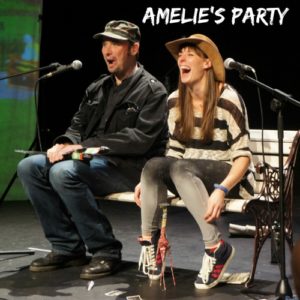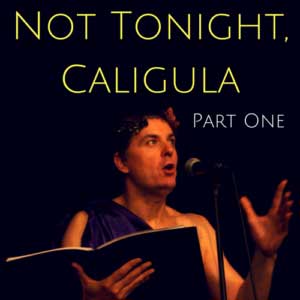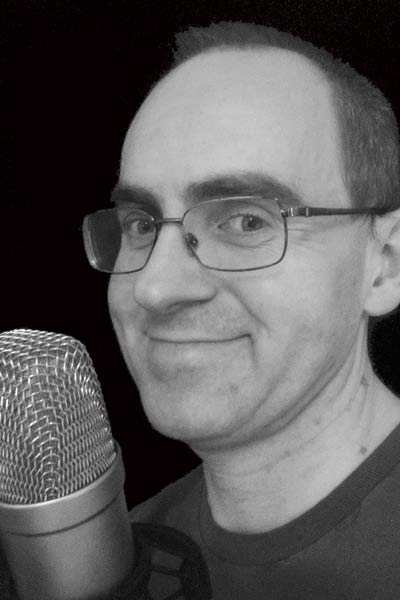
Gareth Brown has been responsible for lighting many Wireless Theatre productions. “Hang on just a minute”, you may very well be thinking. “Lighting? Why does an audio drama need lighting?” We’re so glad you asked…
” Wireless were the only people recording new writing for audio in theatre”
Gareth Brown
How did you get involved in audio drama and Wireless Theatre?
Around 2010 when I first got involved there wasn’t a live audio drama scene. BBC Radio would occasionally have an audience in a studio, and there were a couple of companies in London recreating old radio drama. Wireless were the only people recording new writing for audio in theatre. Mariele was looking for a lighting designer for “Not Tonight Caligula” and was introduced to my wife, Fran, through a mutual friend. I went along as a dogsbody to help out. The next show Fran wasn’t available for so I did it and then again the next one and then the one after that and so on until I became a collaborator on everything Wireless Live.
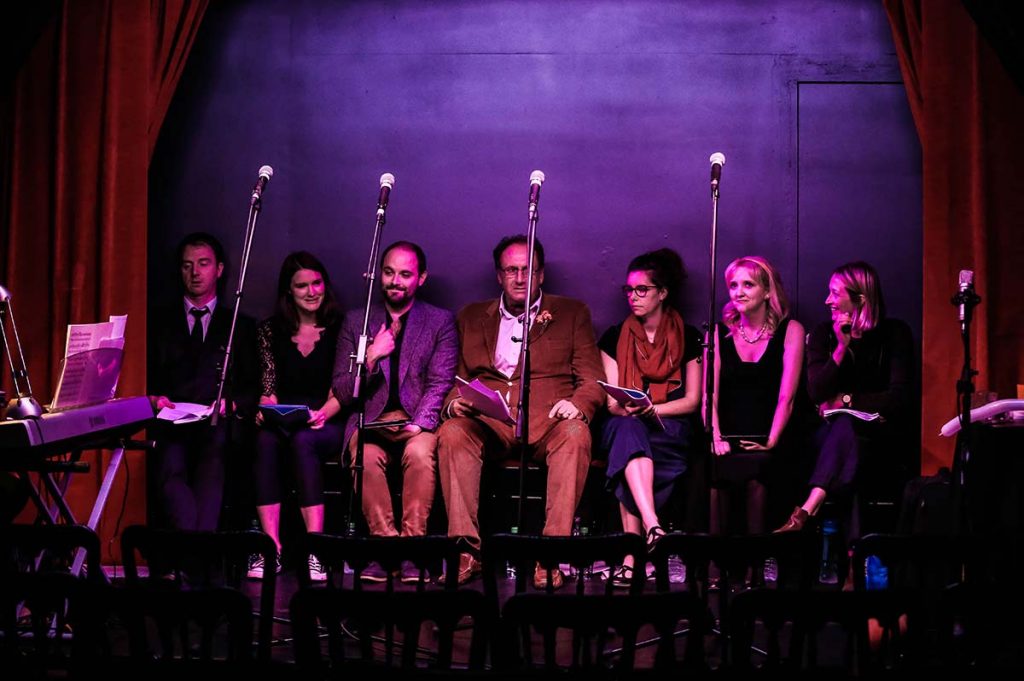
What are the specific challenges of lighting live audio drama?
You never have enough time. For most theatre you program the lighting in advance so that by the time of the performance you just press a button marked go for every change in lighting. For live audio drama you only have a few hours in the venue and during that time the priority for everyone else is things that you can hear on the recording, lighting is barely a consideration. You’re helping out with sound bits, working around people and trying to enhance the experience for the people who have bought tickets. This mean that I’ll often end up improvising the lighting and blending colours live during a performance.
“I remember getting to the end of the performance and thinking “We made this, and it was great””
Gareth Brown
Have you listened to any great audio drama or podcasts lately?
I’m probably the worst person to ask this, I work in IT and listen to podcasts about things like PowerShell and Windows Administration. I haven’t listened to audio drama in a long time because I generally end up losing track of the plot as I overthink how it has been produced.
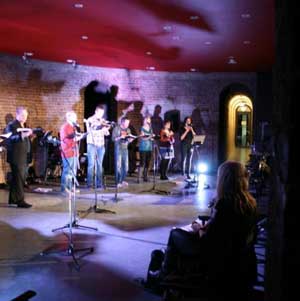
What are you working on at the moment?
I went from working in theatre (when I first worked with Wireless Theatre I was working in lighting for Blood Brothers in the West End), to working in corporate IT during the day which made it a lot easier to work on more interesting theatre like Wireless during evenings and weekends. Nowadays I’m working in corporate events which uses my theatre skills as well as IT and I’m hoping for Wireless to get me back into a theatre at some point.
” I was operating a bunch of faders with my left hand and three dials for mixing the colours … with my right hand”
Gareth Brown
What has been your most enjoyable experience of lighting live audio drama recordings?
This story is very geeky, but I’m proud to be a geek. Back in 2015 we did a show called “The Bad, The Sad and The Broken Hearted”, a great play with songs the recording of which sadly hasn’t been released. The show included a few dream sequences which allowed me to be a little more imaginative with colour and at one point one of those sequences went from a happy dream to a nightmare, so I had a lighting transition which I hadn’t programmed or rehearsed where I was operating a bunch of faders with my left hand and three dials for mixing the colours being projected across the backdrop with my right hand to turn a dream into a nightmare. I can’t remember what either lighting state looked like exactly, but I remember in that moment that transition was magnificent, it hit the mood perfectly throughout the change and I realised I was actually good at this, breaking through all the imposter syndrome.
Generally though it’s not lighting it’s the people I end up working with that makes working with Wireless Theatre enjoyable, but I’m not going to start dropping names.
What do you consider to be the proudest moment of your career so far?
Amelie’s Party was a show we improvised from nothing in just a couple of days. A collaboration with a great team of people and I remember getting to the end of the performance and thinking “We made this, and it was great”. I’m proud of some of my individual achievements, but nothing matches being part of a great team creating a great show from scratch.
What has been your most challenging experience in lighting?
“A Very Grimm Christmas”, 6 plays, 6 directors, 6 casts (a large proportion of which were new to audio drama) and only one crew in 3 days in the Dorfman Hub under the Camden Roundhouse. It’s a room that is definitely not a theatre with a low ceiling and impressively bad acoustics. There was just so much to do, so little time and everything felt like a compromise.
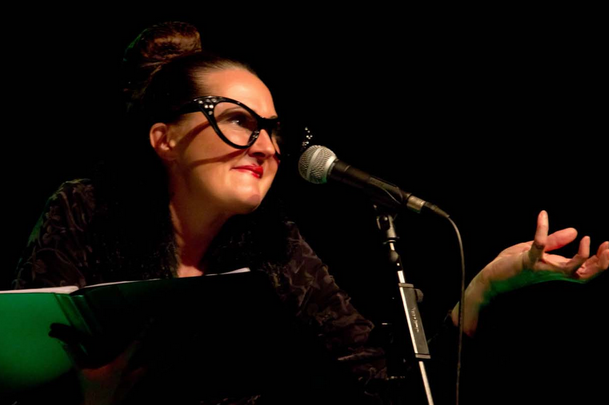
What advice would you give someone who would like to create great lighting for live audio recordings?
- Have a plan for everything, but don’t expect to follow it.
- The better you know the piece the easier it’ll be in the venue when you have no time, so read that script, try to make sure you know what the director expects before you get in the venue and attend every rehearsal you can even if nobody else thinks you need to be there.
- Under promise and over deliver. All you have to do is make sure that the audience can see the actors and the actors can read their scripts. Everything else you deliver is a bonus, add as much to the theatre experience as you can, but sometimes all the extra has to be cut when you’re out of time.
- Even when you feel superfluous, you’re helping create a mood in the room that comes across in the recording.
- It’s your responsibility to remember the audience in the room where everyone else is concentrating on getting a great recording, you might need to advocate for them in areas which wouldn’t normally be lighting’s responsibility.
Gareth can be contacted at info@wirelesstheatrecompany.co.uk
Images of Gareth © Gareth Brown and Wireless Theatre Ltd 2021 reproduced with permission.

